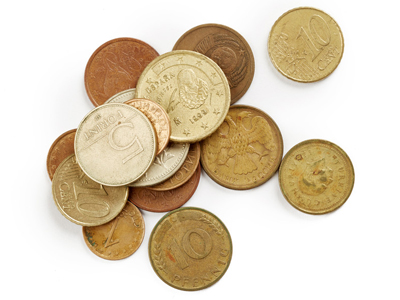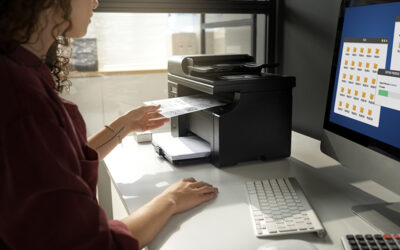 The application of digital technology has affected nearly every aspect of museum services, right from the digitization of physical collections to the automation of internal cataloging. Novel scanning and document conversion modalities are transforming historic collections including audio, video, print, photographs, artworks, artifacts, and other material into high quality, easily accessible and storable electronic format.
The application of digital technology has affected nearly every aspect of museum services, right from the digitization of physical collections to the automation of internal cataloging. Novel scanning and document conversion modalities are transforming historic collections including audio, video, print, photographs, artworks, artifacts, and other material into high quality, easily accessible and storable electronic format.
Digitizing the National Numismatic Collection
One of the latest ventures to catch worldwide attention is the digitization of thousands of artifacts by the Smithsonian Museum. According to a report, the Institution’s first full-production “rapid capture” digitization project involves the conversion of a collection of rarely seen historic currency proofs, which includes currency, bonds, revenue stamps, checks, and even food coupons.
In the 19th and early 20th centuries, American bank notes were made from metal plates engraved by hand. The digitization project also includes transcribing the information sheet by sheet into the online system. At the time of the report’s publication, more than 6000 pages had been transcribed, each with details such as what bank and city the sheet is from, the date on which the original plate was made, and other numismatic information. As the original engraved plates no longer exist, these sheets, which used to print money from 1863 to 1930, are the only remaining record of America’s monetary history.
Advanced Technology for ‘Rapid Capture’ of Sheets
The use of advanced technology for data capture is allowing the American History Museum to gather visual, textual, and other data from museum objects quickly and make available high quality digital output.
The process is being carried out using a conveyor belt and a custom-designed 80 megapixel imaging system. Up to 30 or 40 boxes of the sheets are placed at the end of the conveyor belt. Then the sheets are pulled out one after another by an operator and put on the conveyor belt, which take them to the shoot station with an 80-megapixel camera.
The proof stops at the end of the conveyor belt, which also halts until the proof is removed and puts back in a box.
The conveyor belt and imaging system has brought industrial-scale quality, speed and precision to the digitization process. This the first time that such equipment has been used in the United States. These sophisticated tools and advanced technology has improved the workflow and has made the conversion fast and reliable. Before this process was in place, digitizing a single sheet could take as much as 15 minutes and cost $10 per sheet. Now, the team works through 3,500 sheets a day, at less than $1 per sheet.
Factors to Consider before Digitizing Historic Collections
Digital conversion usually includes the following stages: preparation of material,
scanning and indexing, and making the collection available online. Before the implementing a project, it is important to consider the following:
- Purpose for which the materials will be used
- Audience to be given access to the material
- Level of media quality necessary to achieve project goals
- What options are available for making the materials available to the audience
- Options available for storing the digitized media files
- Who owns the copyright of the materials
- Would it be cost-effective to outsource the digitization task to a document conversion company
The Smithsonian museum’s project is expected to conclude in March, 2015. In spite of the use of advanced technology, Jennifer Locke Jones, chair and curator of the Division of Armed Forces History cautions, “There’s a large element of human checking that still needs to happen at every point in the process.”



